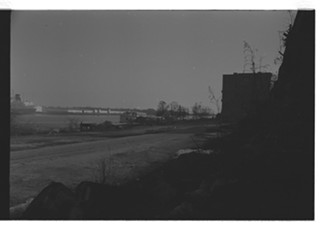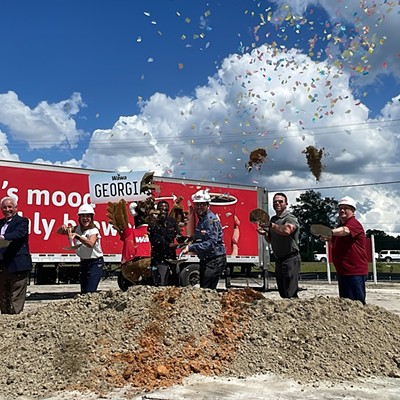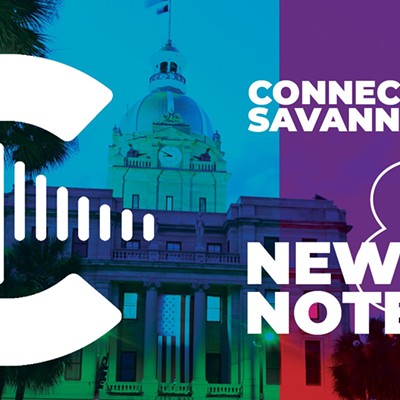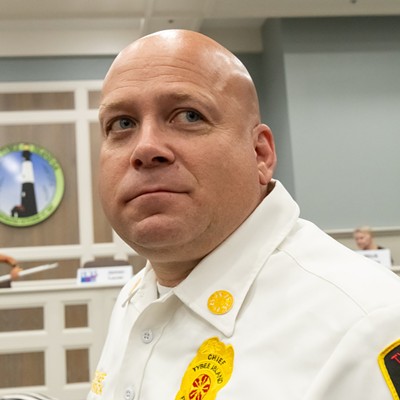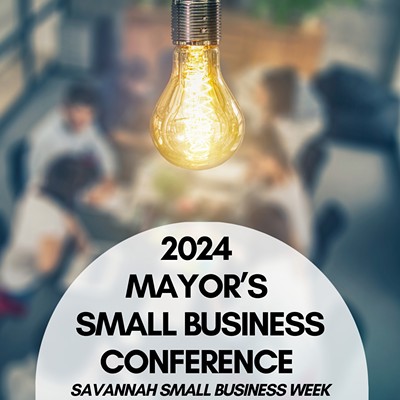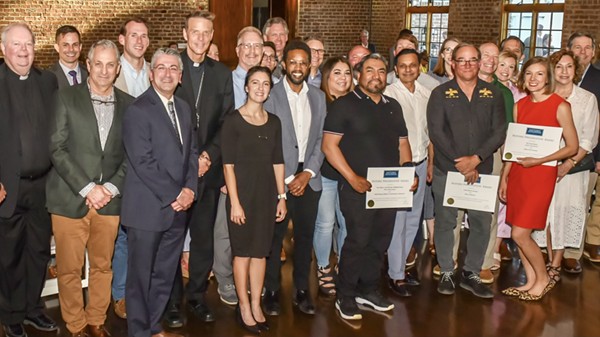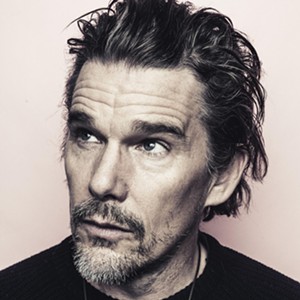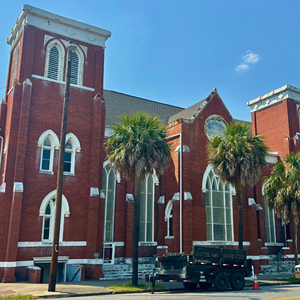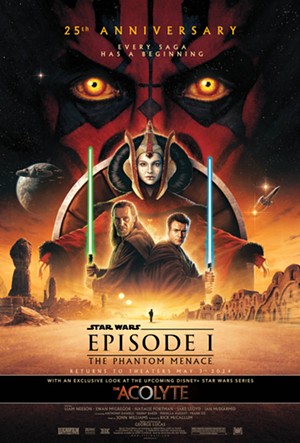You may have seen them last week in your Facebook news feed. Photos of River Street in the 1970s presented a bleak, muddy, debris-strewn landscape.
The photographs were recently added to the City of Savannah’s municipal archives and document how a “dilapidated area of the city” was transformed “into a thriving community riverfront,” explains supporting documentation from the archive
If not from the presence of recognizable structures like City Hall, it seems almost impossible that these photos are of the same waterfront that today attracts millions of visitors every year. It speaks to the vision of architects Eric Meyerhoff and Robert Gunn, who convinced city leaders to imagine the possibilities.
Creating great public spaces does require imagination. News that Chatham County wishes to transfer control of the long-delayed Truman Linear Park Trail to the City of Savannah presents an excellent opportunity to imagine how the Truman Greenway will become a beneficial community asset.
For inspiration, we can look to Atlanta, where enthusiasm for the Beltline trail network is attracting national attention. The project “will ultimately connect 45 intown neighborhoods, provide first and last mile connectivity for regional transportation initiatives, and put Atlanta on a path to 21st century economic growth and sustainability,” according to the Beltline’s website.
“Getting around popular destinations like Piedmont Park, Virginia Highland, Poncey-Highland, Inman Park and the Old Fourth Ward is now a whole lot easier,” the website boasts, thanks to the Beltline’s 2.25-mile Eastside Trail, “a combination of multi-use trail and linear greenspace.”
Glenn Kurtz described the Eastside Trail in a more succinct and tangible way.
“It is so incredibly popular,” he said.
Kurtz speaks about the trail not from the perspective of a transportation planner or as the chairman of the Atlanta Bicycle Coalition (he’s both), but from the viewpoint of a satisfied trail user.
He compared two recent shopping trips made by bike from his home in the Grant Park neighborhood. For one he pedaled his bike on streets dominated by heavy motor vehicle traffic. It was “stressful.” The other trip, made partially on the Beltline, was just the opposite.
“The moment you hit the Beltline, that stress disappears,” Kurtz said. “It’s transformative from that perspective.”
And, Kurtz said, it’s transforming attitudes about cycling.
“It gives people, who wouldn’t normally ride bikes, a chance to try it in a safe environment,” he said. “Their immediate reaction to the trail is, ‘we need more of these.’”
The transformation hasn’t been limited to people. Neighborhoods and businesses are also rethinking their relationships to the Beltline.
“It’s interesting because initially everyone’s back was to the trail, but we are reorienting to face it,” he said.
The latest example of this reorientation came last week when Kroger officials announced the company is funding construction of a connection to the Eastside Trail that will make it easier for trail users to shop at its Ponce De Leon Avenue supermarket.
Kurtz credits the success of the trail to the support of citizens who believed in it and a public involvement process that allowed them to cooperate with government officials to achieve the best possible outcomes. Savannah city officials are signaling they intend to employ a similar approach as the details of the transfer from the county are being worked out.
“The City is committed to ensuring that the community is part of this process,” said Susan Broker, director of the Citizen Office. “The trail will serve many functions and it is critical to engage adjacent neighborhoods and garner their support.”
Kurtz acknowledges the Beltline has had its skeptics. Residents of some neighborhoods worried about crime, the most common trepidation voiced in response to the announcement of new trail projects. Yet if those concerns are allowed to dominate the discussion, Kurtz said, communities will never be able to create desirable and popular public spaces.
“It’s like deciding you don’t want to have public parks because people might sleep in them,” he said. All public works projects can be misused, but measures can be taken to minimize potential problems.
It takes a little effort to imagine the overgrown parcels of land adjacent to the Truman Parkway becoming the scene of pleasant strolls, family outings, shopping trips and bicycle commutes. It must have been similarly difficult for people to imagine that the grim, forlorn Savannah waterfront of the 1970s was destined for any use other than a parking lot.
Yet what was once described as “rundown and neglected” went on to win an award for Cultural Achievement from the U.S. Department of the Interior.
Surely, the vision of similar possibilities exists for the Truman Greenway. Let’s hope the city will embrace it.

